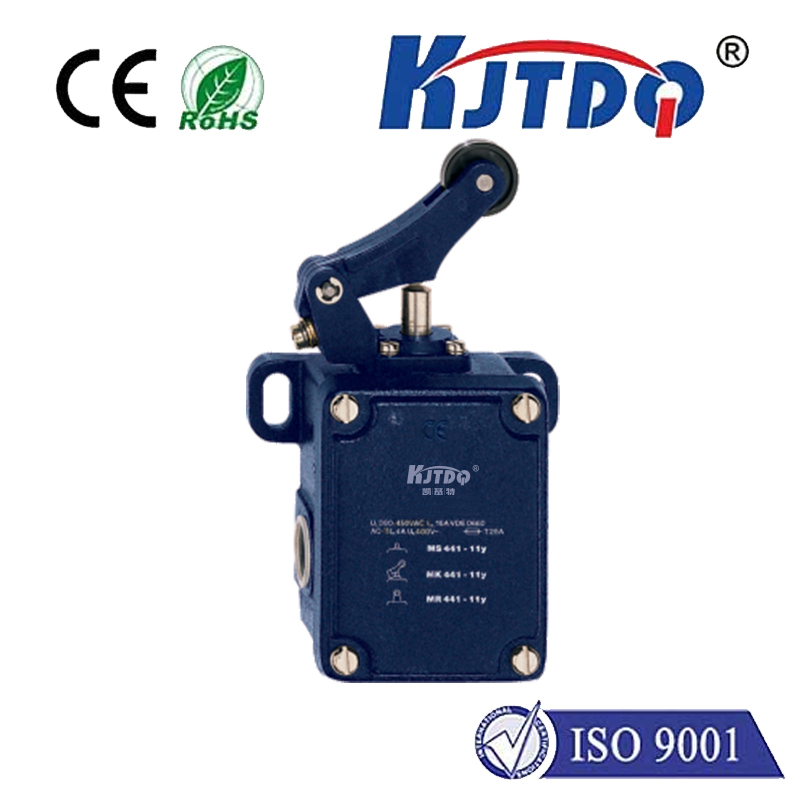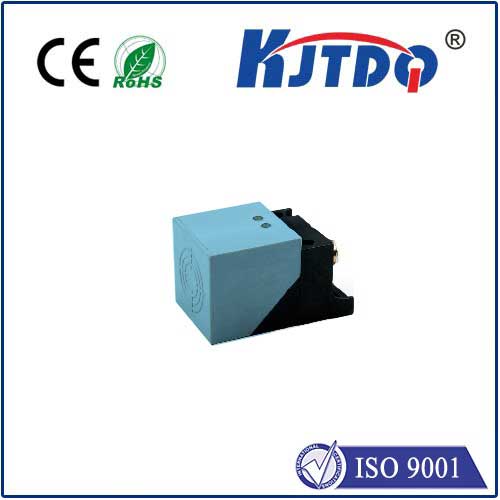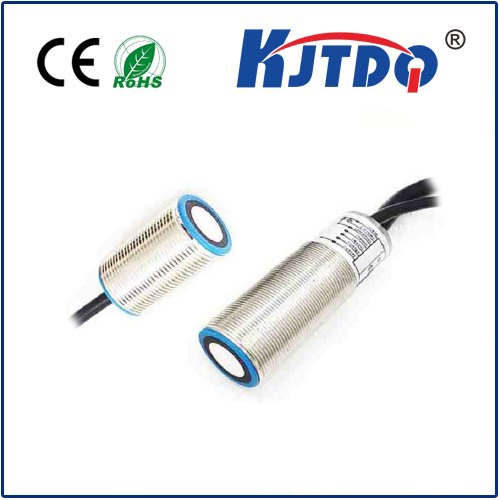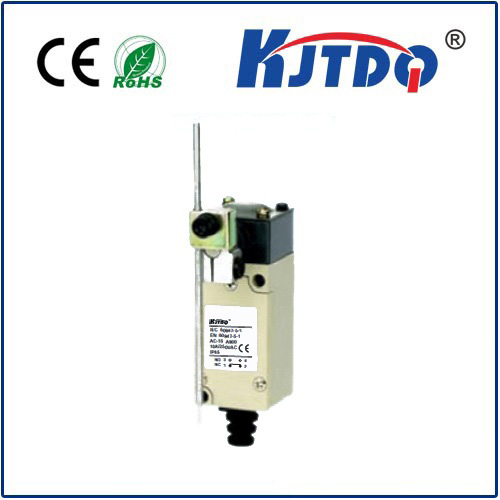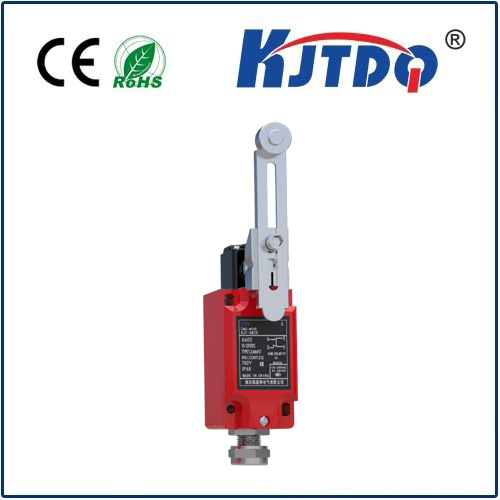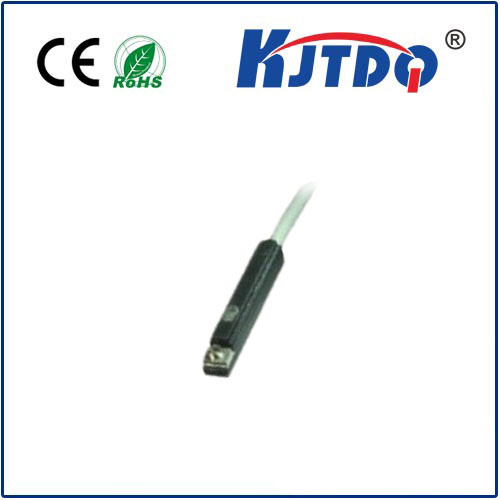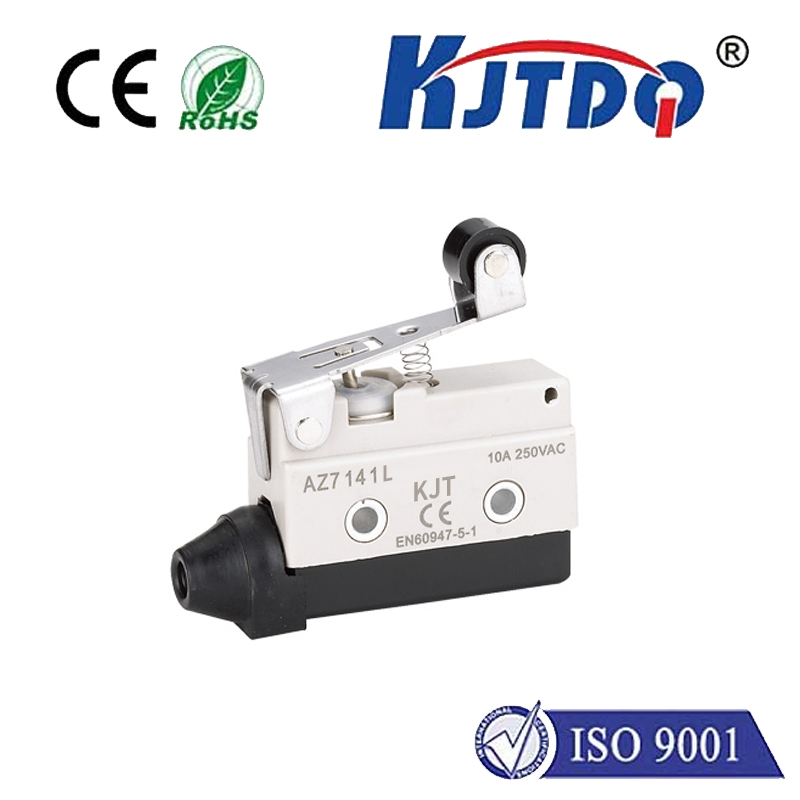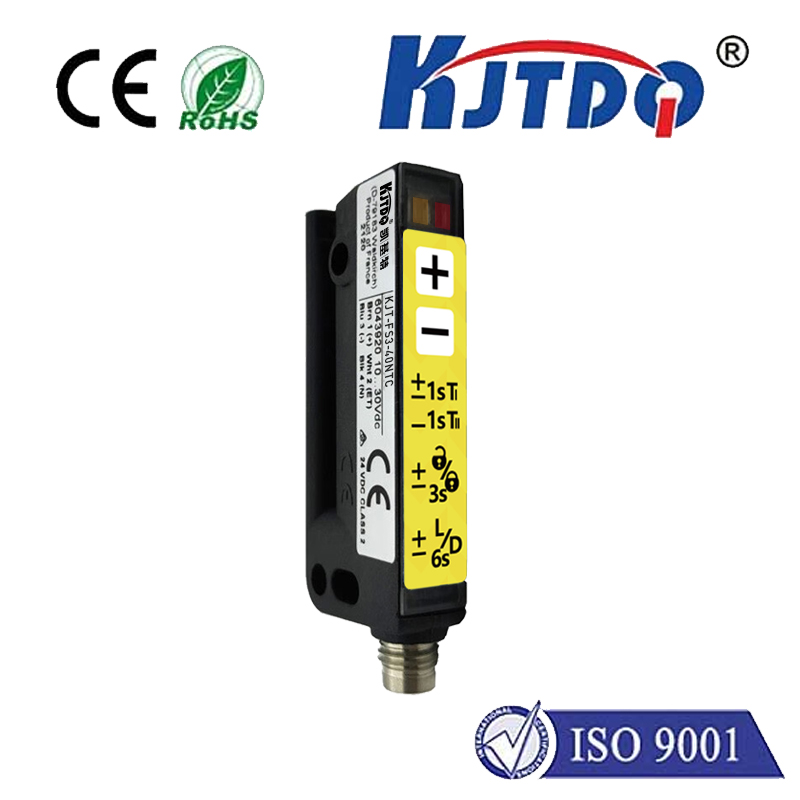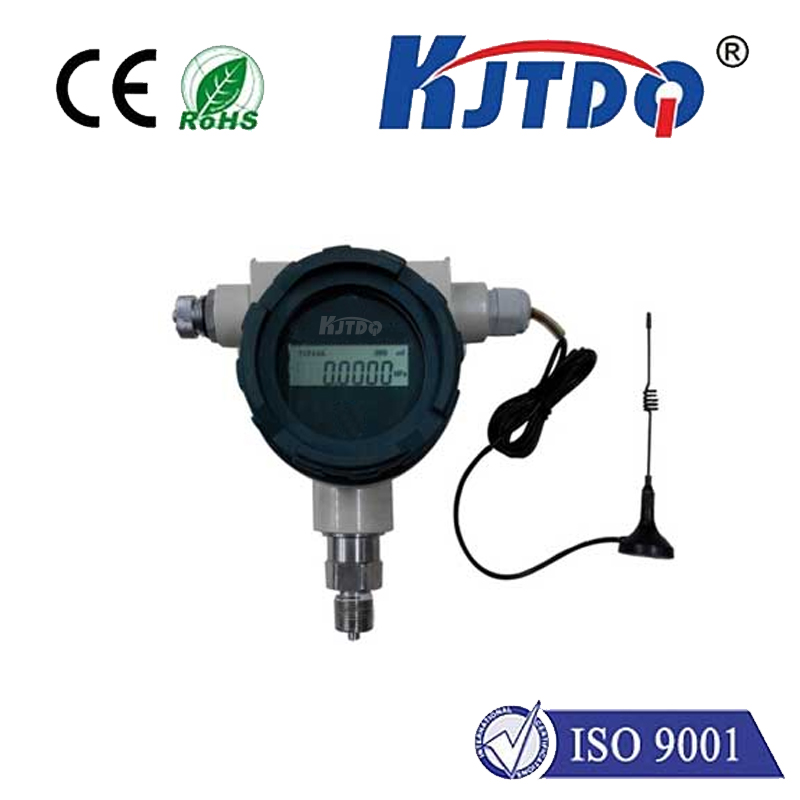
check

check

check

check
Title: Understanding 24V Limit Switches: An Introduction
Introduction to 24V Limit Switches
In the world of industrial automation and control systems, limit switches are essential components that help in ensuring safety, efficiency, and reliability. A limit switch is a mechanical or electrical device that detects the presence or absence of an object or contact, typically used to switch off or turn on a machine. Two common types of limit switches are mechanical switches and electrical switches. Today, we will focus on one type of electrical limit switch specifically designed for use with 24V DC power sources - the 24V limit switch.
What Is a 24V Limit Switch?
A 24V limit switch is a type of electrical switch that uses power from a 24V DC source to detect the movement or position of an object or contact. It is designed to provide reliable feedback when an object comes into contact with the switch contacts, switching the flow of electricity between the two contacts. This enables the control system to respond accordingly, whether it be by shutting off a machine or turning it on.
Components of a 24V Limit Switch
A typical 24V limit switch consists of several components, including:
1. Contacts: These are the two metal contacts that make physical contact with the object or contact when it comes into contact with the switch. When the contact is closed, it creates an electric path for electricity to flow between the two contacts.
2. Enabling Circuit: This is a circuit that provides power to the limit switch. It typically consists of a battery, voltage regulator, and fuse to ensure proper operation and protection against overload or overvoltage.
3. Actuator: This is the component that moves the contact out of its initial position upon activation of the switch. It can be either a pneumatic actuator or a mechanical actuator, depending on the specific application.
4. Switching Element: This is the component that triggers the activation of the limit switch when an object comes into contact with the contacts. It can be either a magnetic switch or a pressure switch, again depending on the specific application.
5. Terminal Block: This is a block of terminals that provide a connection point for wiring the various components of the limit switch together.
Applications of 24V Limit Switches
24V limit switches are commonly used in various industrial applications where precise control and safety are critical. Some examples include:
1. Automation Systems: They are used in conveyor systems, packaging machines, and other自动化设备 to monitor and control motion and position.
2. Safety Systems: They are used in hazardous environments such as chemical plants, nuclear power plants, and oil refineries to detect and prevent accidents caused by objects obstructing machinery.
3. Test Rigs: They are used in testing and measurement equipment such as oscilloscopes and multimeters to trigger tests when certain conditions are met.
4. Electrical Power Distribution: They are used in power distribution systems to monitor and control the flow of electricity between transformers, circuit breakers, and other components.
Conclusion
In conclusion, a 24V limit switch is an essential component for ensuring safe, efficient, and reliable performance in industrial automation and control systems. By understanding its components and applications, we can better appreciate their importance in various industries and how they contribute to our daily lives.
